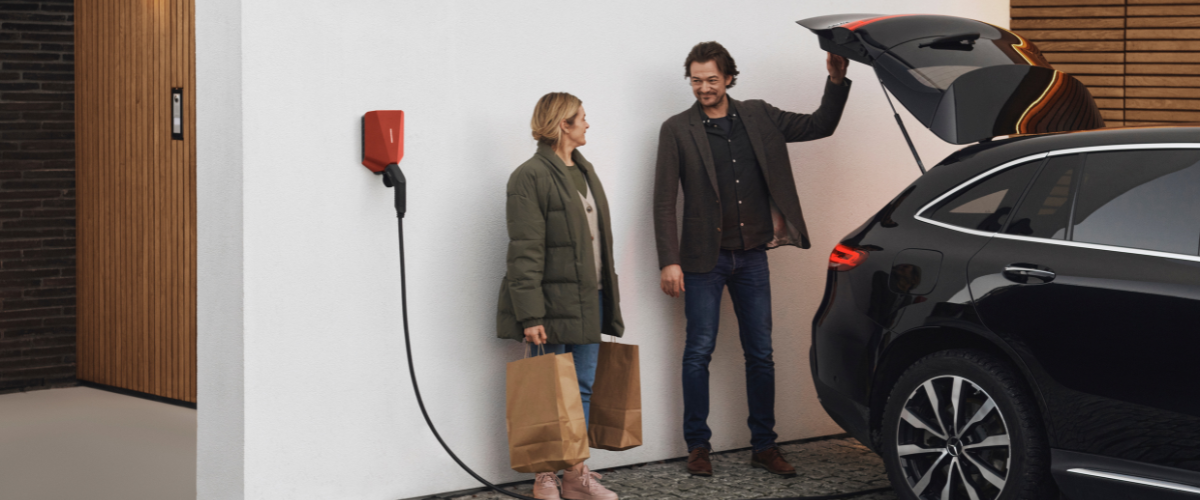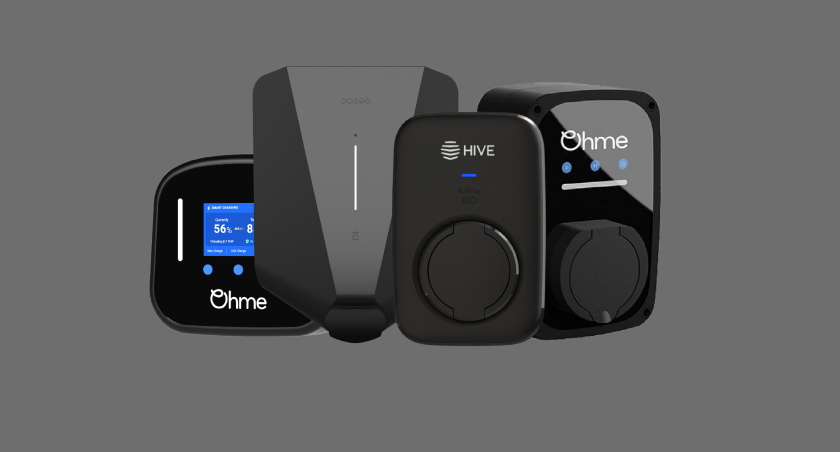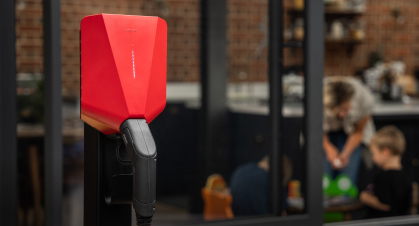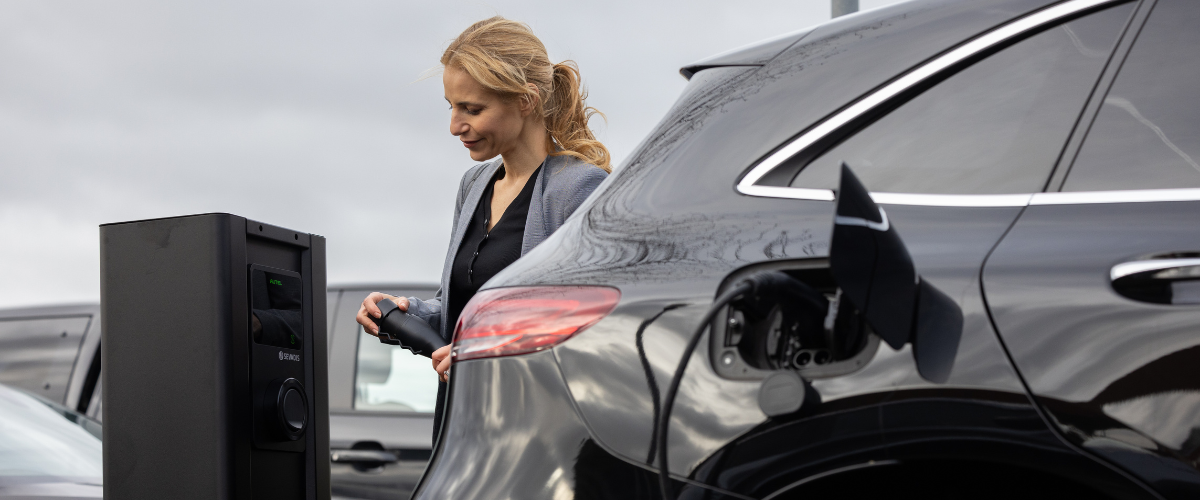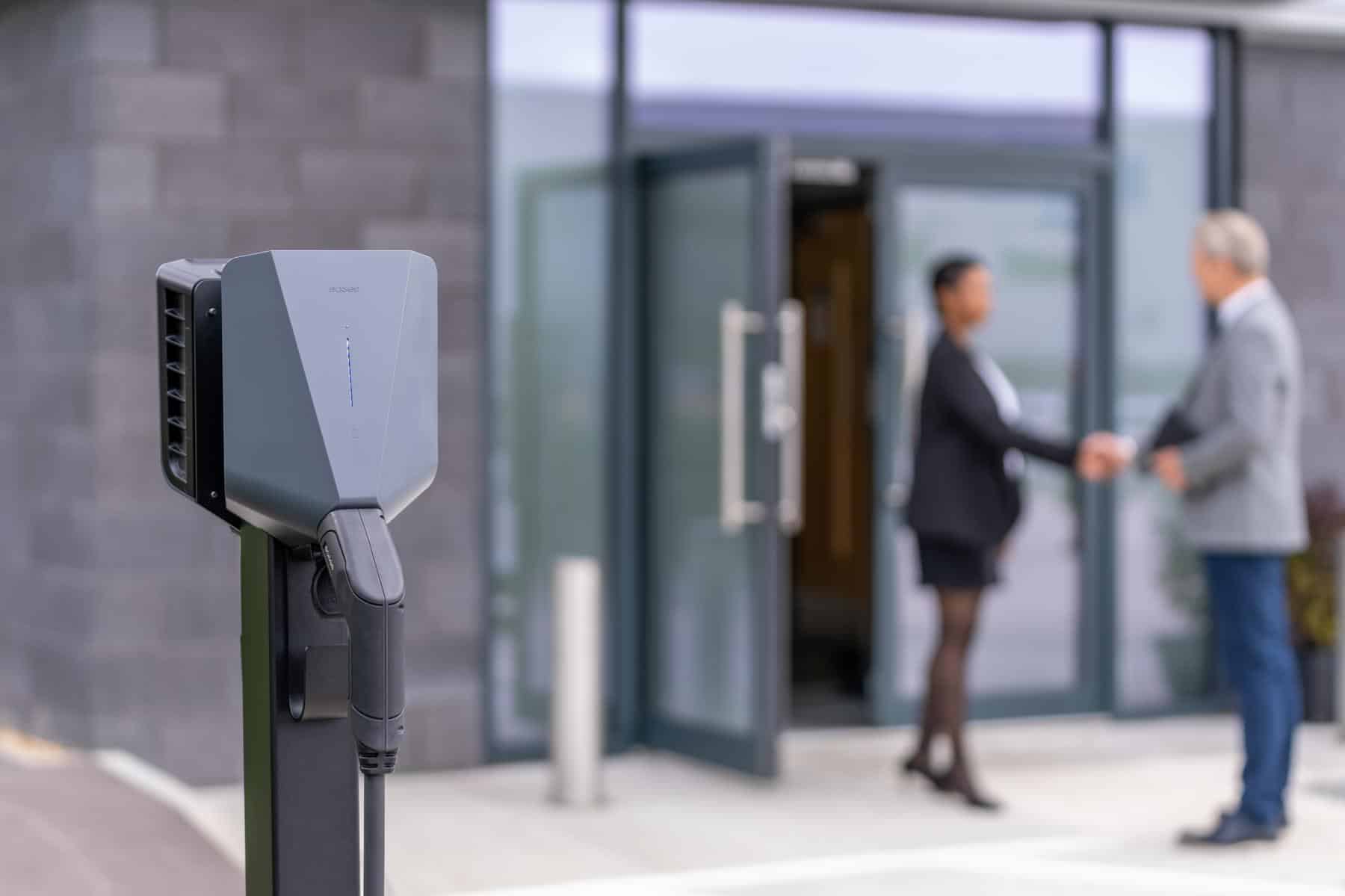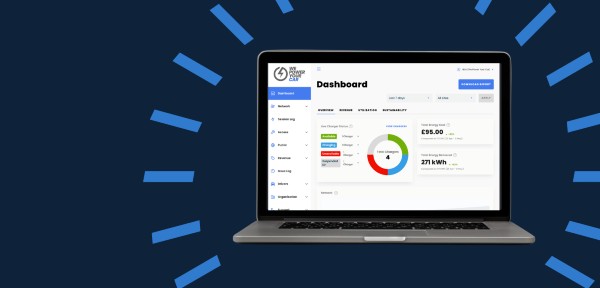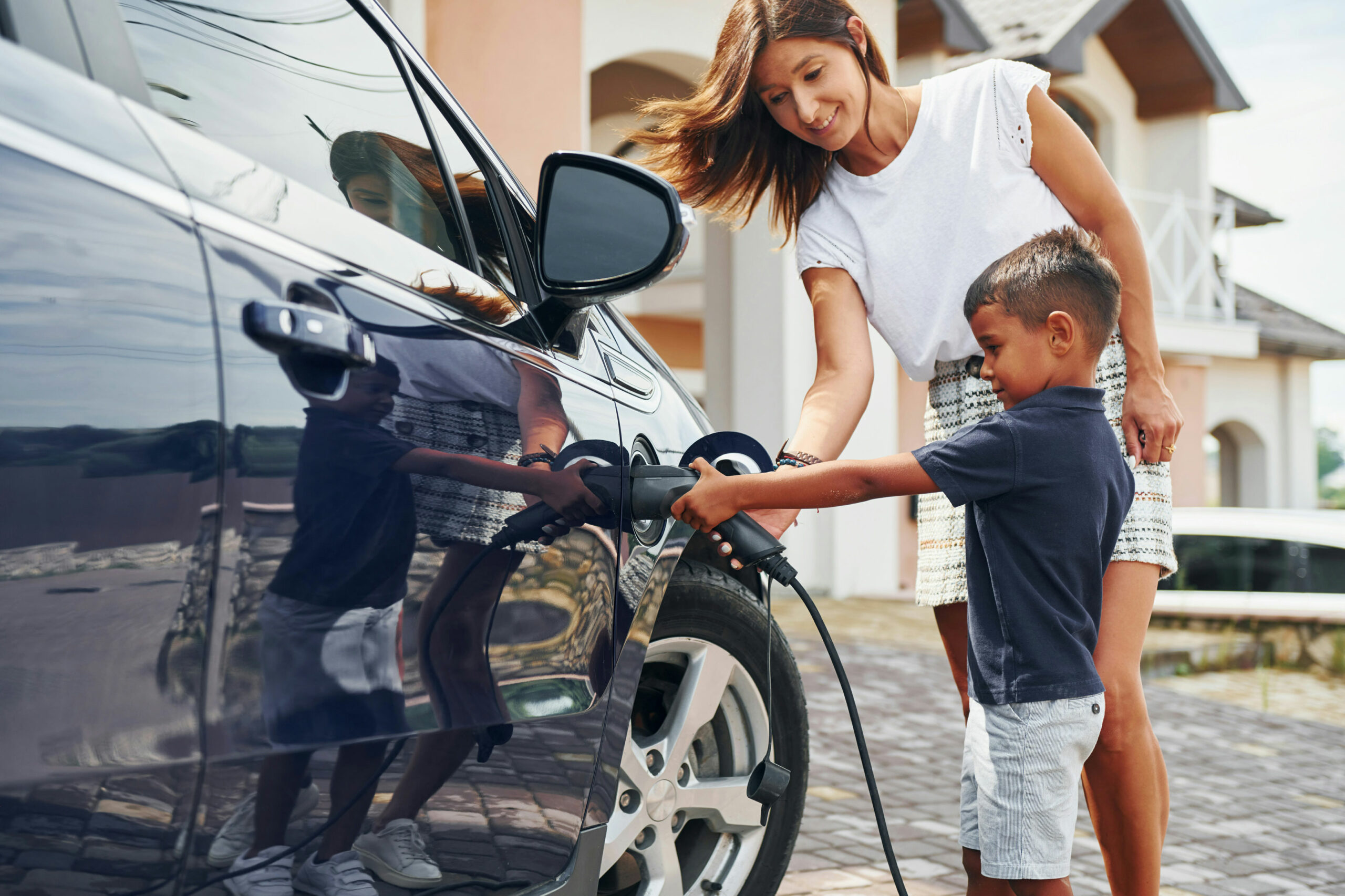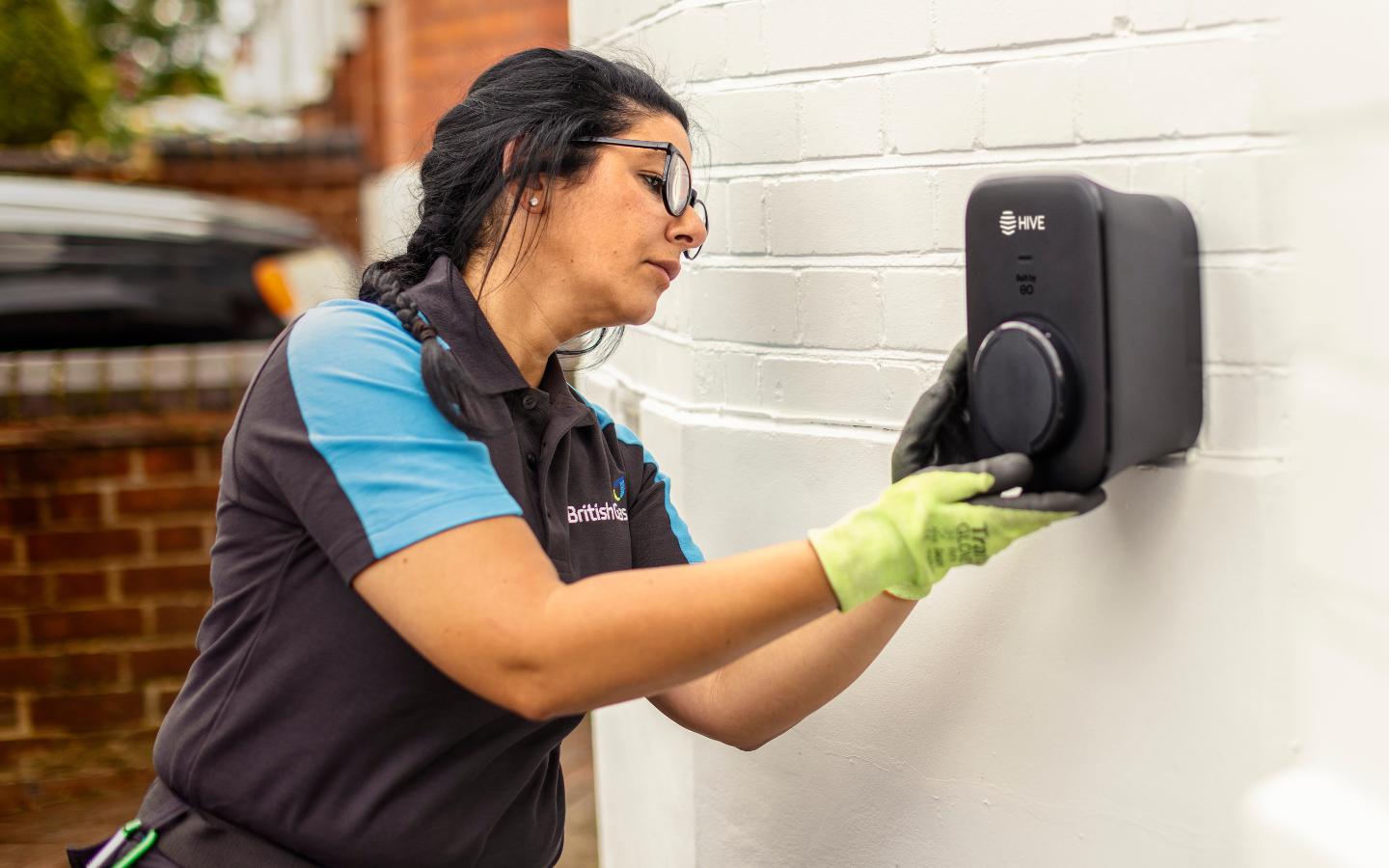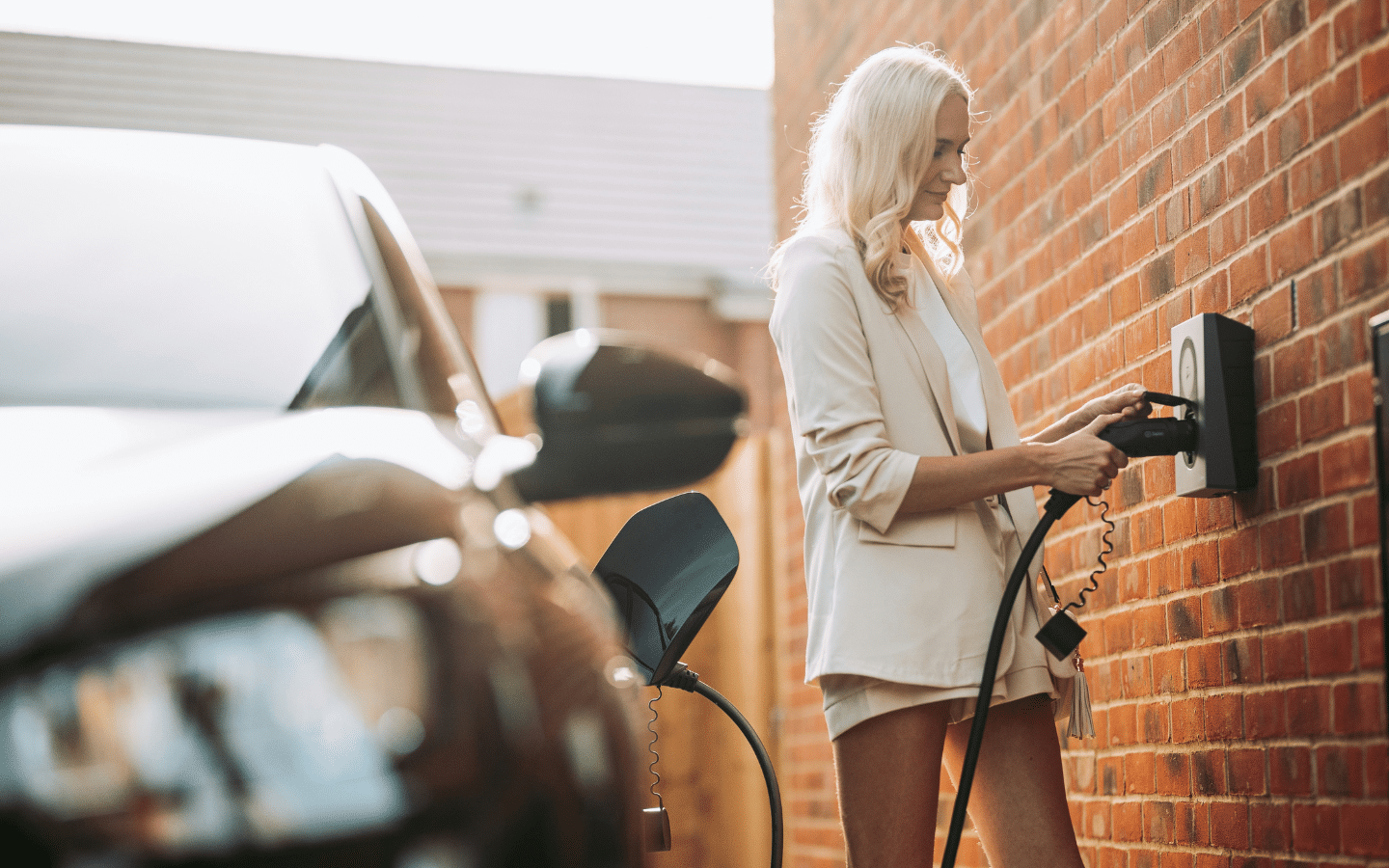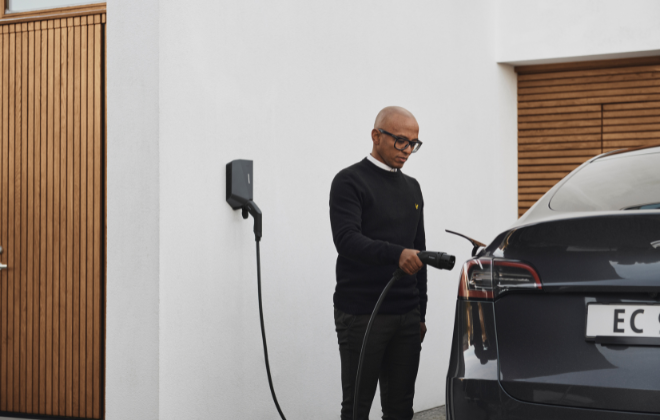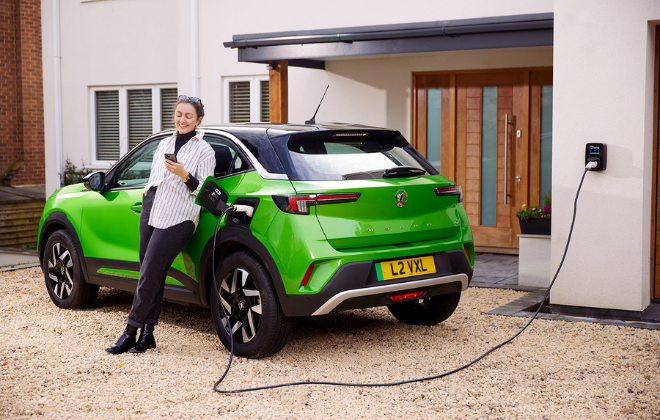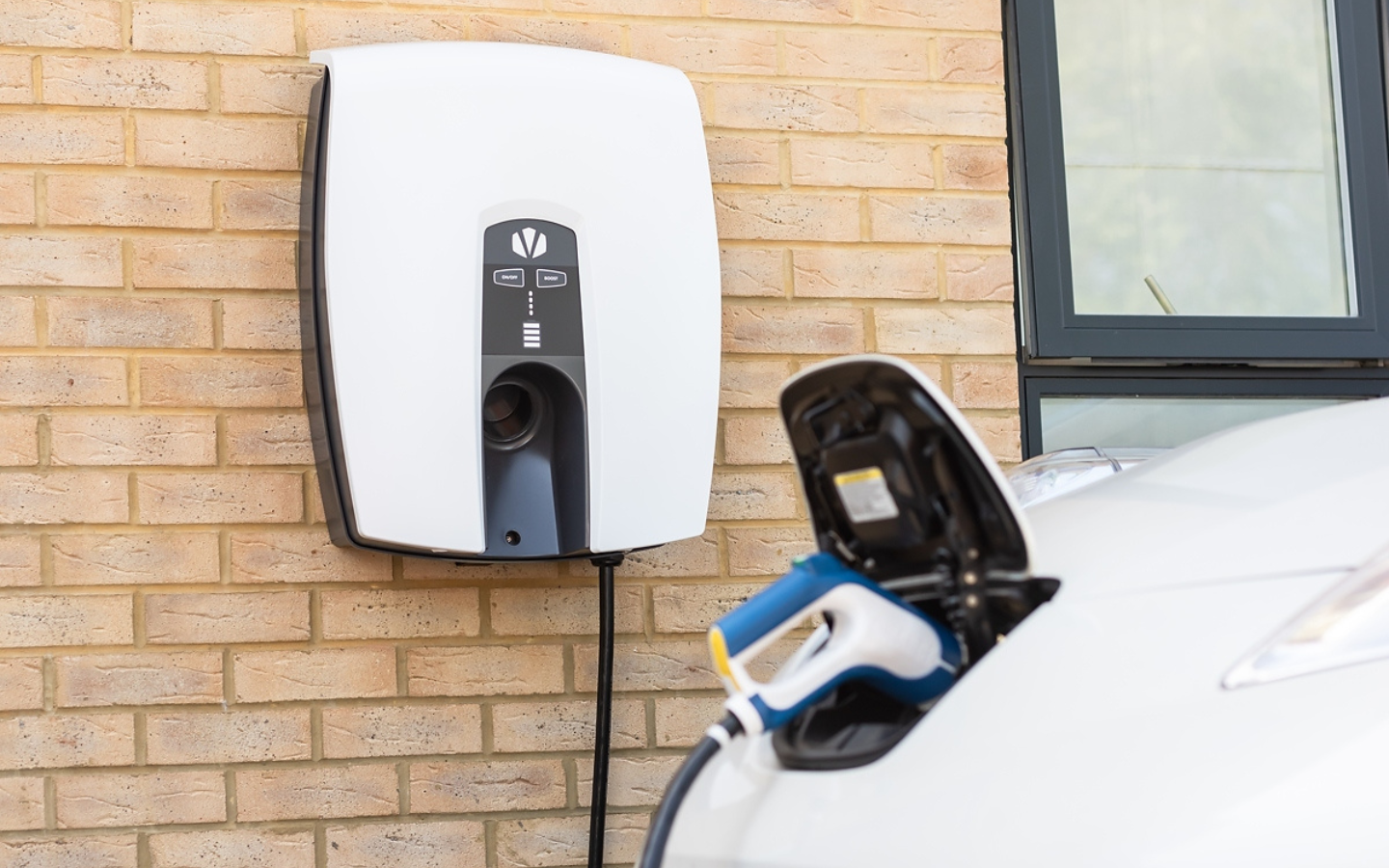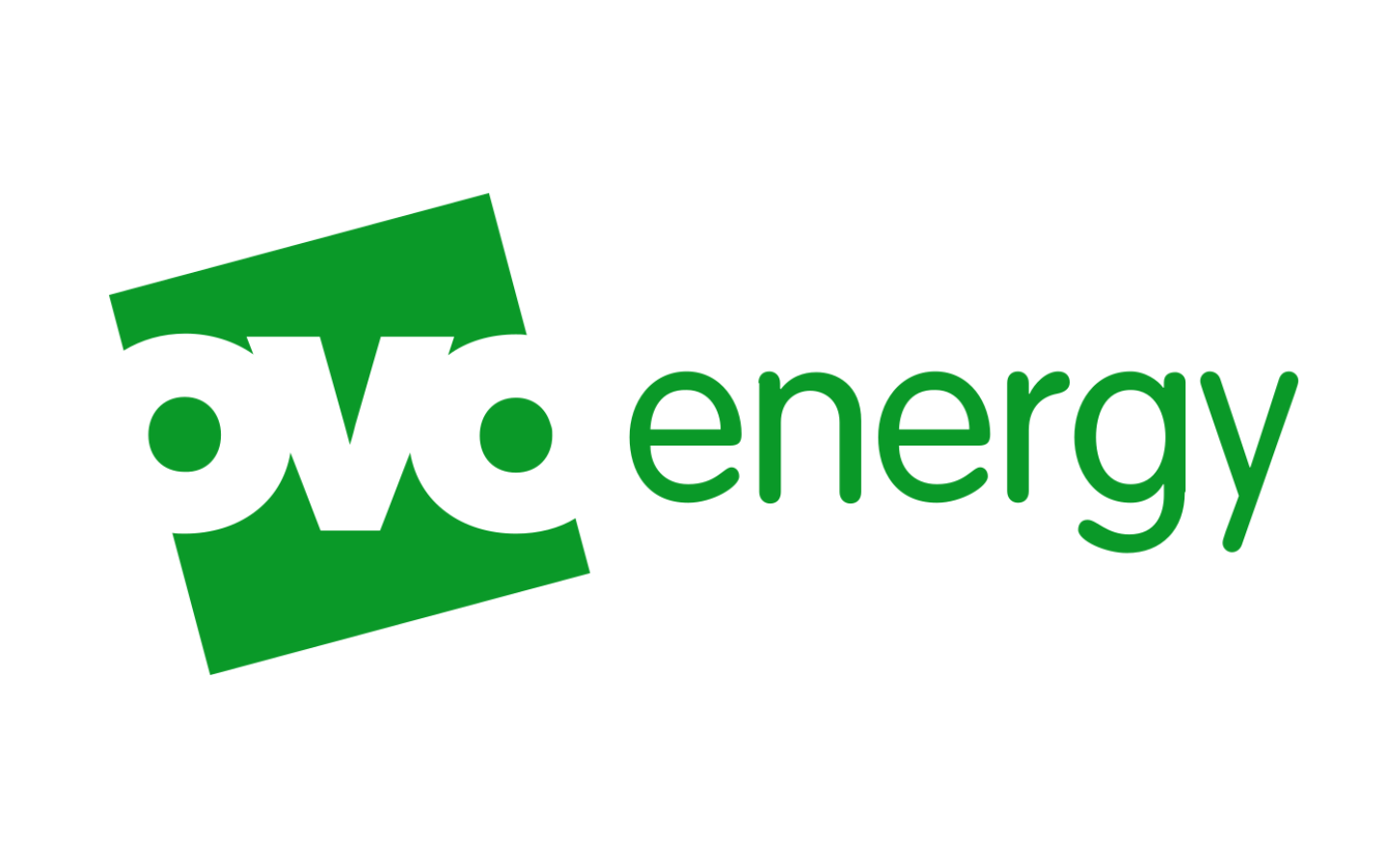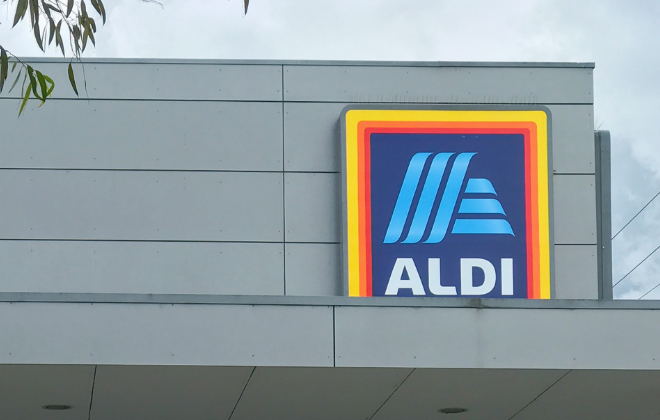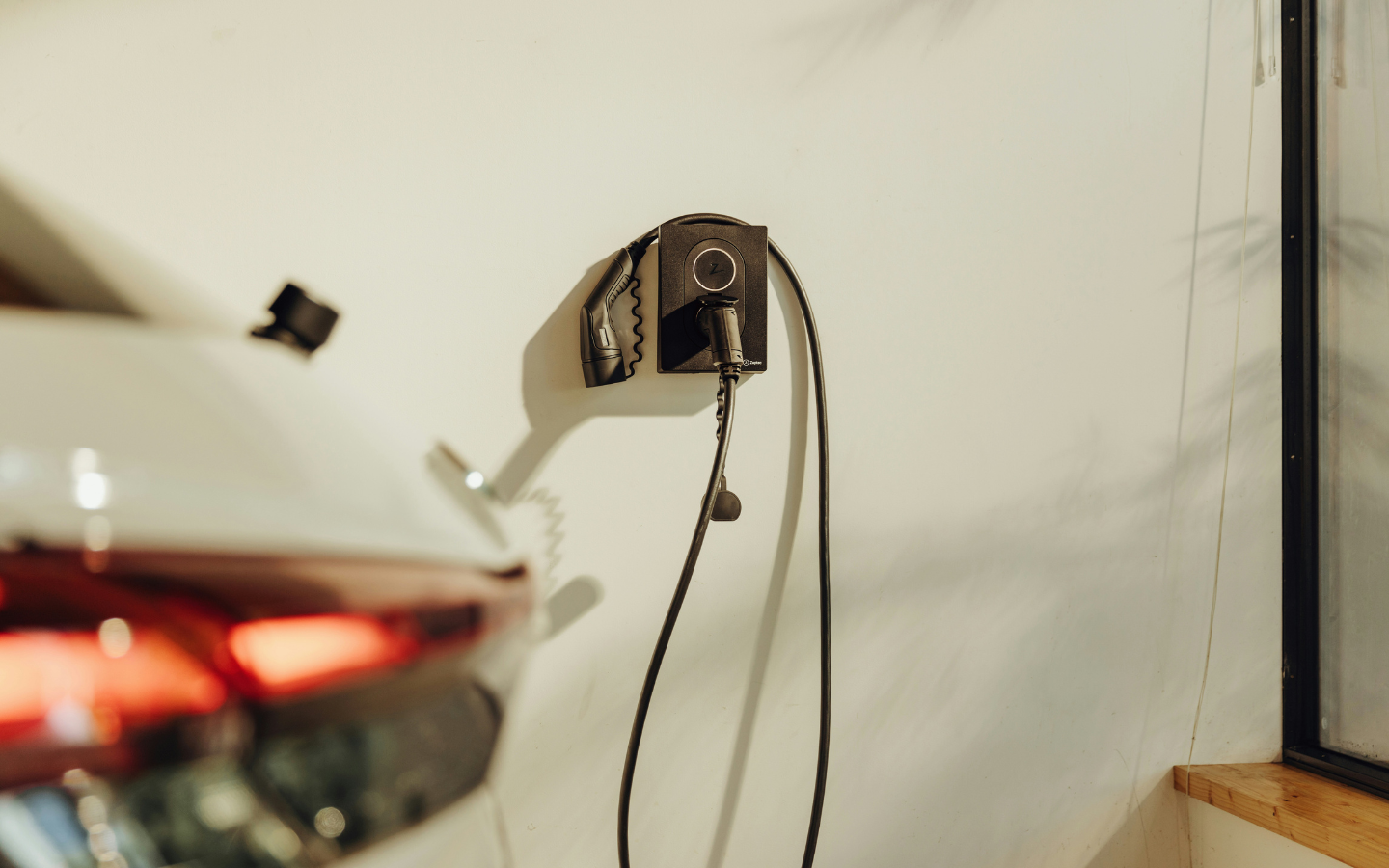

How to unplug an electric car charger cable from an EV
4 simple steps to unplugging your EV charger
Charging an electric car is simple, but it’s important to know how to safely unplug your electric car charger wherever you are – especially with the 82,369 EV charging points across the UK (Zap-Map).
In this blog, we’ll provide step-by-step instructions to ensure a smooth and safe experience when unplugging your electric car charger from your EV, as well as tips and tricks for when the charger is stuck.
Step 1: Stop your electric car charging
Any properly manufactured and regulatory compliant electric car chargers will a power button, screen, app or RFID card that can control your charging session (granny chargers not included). Use the relevant method to stop your EV charging if your session hasn’t already finished. Why? Because some electric cars won’t unlock until charging is finished – if they won’t unlock, you won’t be able to get your charging cable out of the socket.
Step 2: Release the locking mechanism
Most electric car chargers feature a locking mechanism that secures the cable to the car when charging to stop others from removing the cable and ensuring a secure connection.
To release the locking mechanism on your electric vehicle, look for the release button on the charger handle, and press it. This will disengage the lock, allowing you to safely remove the cable. Make sure you close the EV charger door when you’ve finished.
Be aware that electric cars that use a Type 1 connector won’t lock in place while charging, meaning anyone can remove the cable from the charger if they so wish. While there are no regulations or laws about people unplugging electric car chargers it is surely frowned upon and goes against EV charging etiquette.
Don’t worry about charger theft or cable security, either; there are best practices you can follow to stop people from unplugging your electric car.
For certain home electric car chargers, there are specially designed cable lock features for untethered EV chargers, such as the Easee One and VCHRGD Seven Pro. Make sure you have turned this off if you want to unplug the charger.
In some cases, electric car charging cables unlock as soon as the charging session has come to an end. If this is the case, please ignore step two and move on to step three.
Step 3: Gently remove the electric car charging cable
Once the locking mechanism is released or turned off, gently grasp the plug by the handle and carefully pull it out of the charging port or ‘connector’ on your electric car. Be mindful not to yank or force the plug, as this can cause damage to both the electric vehicle and the charger.
Step 4: Carefully stow the charging cable
After unplugging, it’s a good practice to stow the charging plug in a secure and clean location. Depending on whether you are using a tethered or untethered EV charger, you’ll have to put away the cable in the correct manner.
For untethered EV chargers, or ‘socketed’, make sure you remove the charging cable from both the car and the EV charger and place it in a dry, clean and secure area to maintain the condition of your charging cable. Good places include the boot of a car or a garage.
On the other hand, for tethered EV chargers (with the cable attached), make sure the cable is securely wrapped around the holster or storage area. You want to keep the area tidy and cable-free so as to not damage the cable by running over it – especially for public electric vehicle charging points.
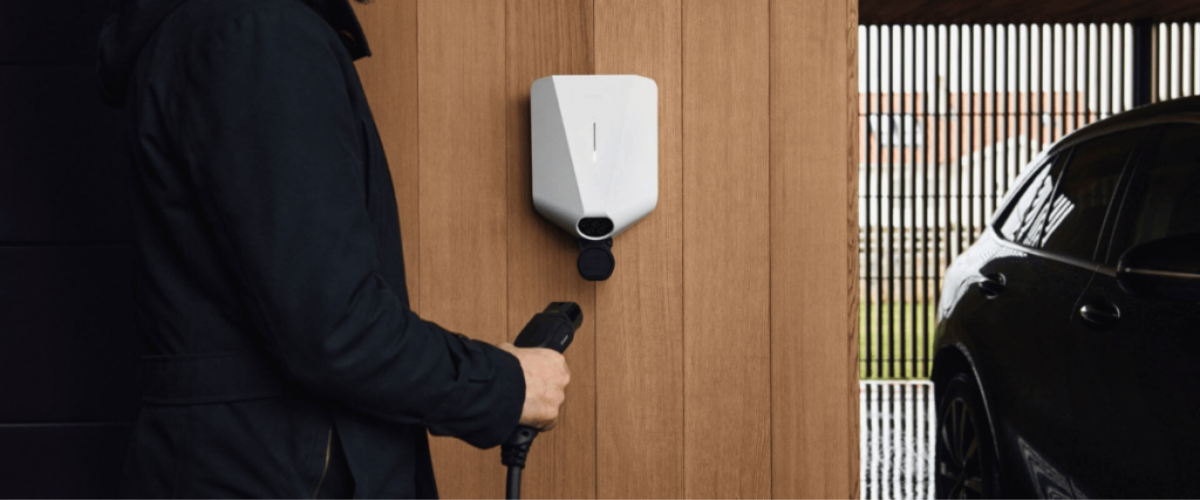
Is your electric car charging cable stuck in the electric car charging point?
Top tip – If you are struggling to remove the cable from the electric car charger and think the cable is stuck, make sure to unlock the car, or if it is still stuck, push the charging cable in harder than usual before pulling it out.
How to remove electric car charging cable from Hyundai
Some issues have been reported with the Hyundai charging cable. If the electric car cable is stuck, make sure you press the charging cable symbol on your steering wheel, as this will unlock the charging cable.
Conclusion:
Unplugging your electric car charger is a straightforward process, but it’s essential to follow these steps to ensure the longevity of any EV charger and your electric car – whether it’s your home charger or a public charging point. To unplug your electric car charger, simply stop your charging session via the appropriate method (screen, button or RFID card), release the locking mechanism (if applicable), gently remove the plug, and properly stow it away somewhere dry and clean. By doing so, you’ll have a hassle-free experience every time you unplug your electric car charger.
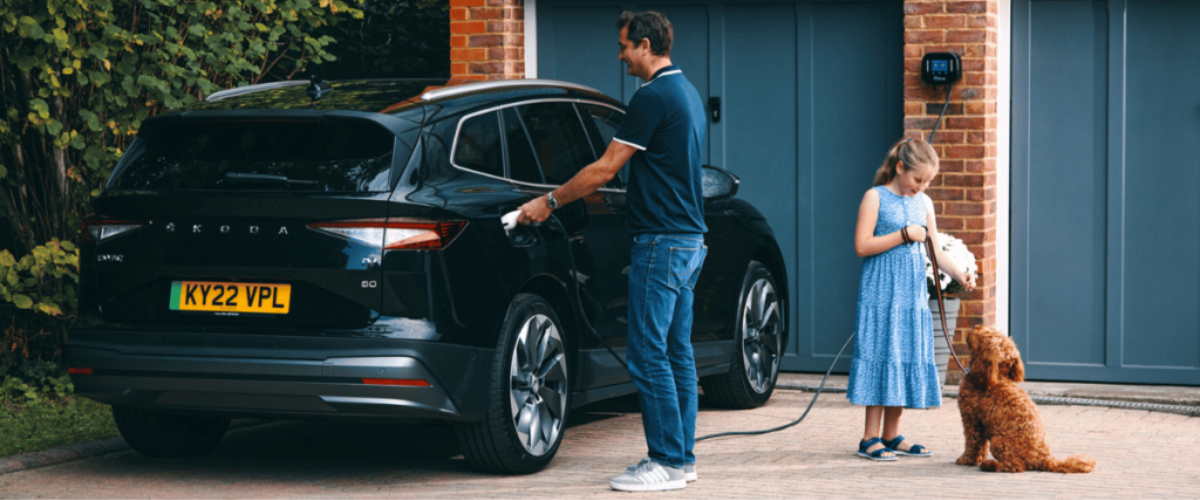
Summary:
Here’s a summary of how to unplug an electric car charger:
1. Stop your electric car charging: Use the power button, screen, app, or RFID card to stop the charging session if it hasn’t finished.
2. Release the locking mechanism: Find the release button on the charger handle to disengage the lock that secures the plug to the car.
3. Gently remove the electric car charging cable: Carefully pull the plug out of the charging port or connector on your electric car, avoiding yanking or forcing.
4. Stow the charging cable: For socketed or untethered chargers, remove the cable and store it in a clean, dry, and secure area. For tethered chargers, wrap the cable around the holster or designated storage area.
Tip – If the cable is stuck: Ensure the car is unlocked, or push the charging cable in before attempting to pull it out.
Interested in a home, workplace or commercial EV charger?
If you are thinking about getting a home EV charger installed to reap the benefits of faster, cheaper and smart EV charging, click below to get your free quote, browse our line-up of the best electric car chargers in the UK, or contact us for more information or any queries you may have.
We understand that getting an electric vehicle charger can be overwhelming, but we make every step of an EV charger installation simple, taking care of everything on your behalf to ensure a safe, efficient and compliant EV charger installation. Our nationwide, DBS-checked, experienced and accredited EV charger installers provide safe, simple installations.
For more information and our latest updates, follow us on Facebook, Instagram, Twitter, LinkedIn and YouTube.
